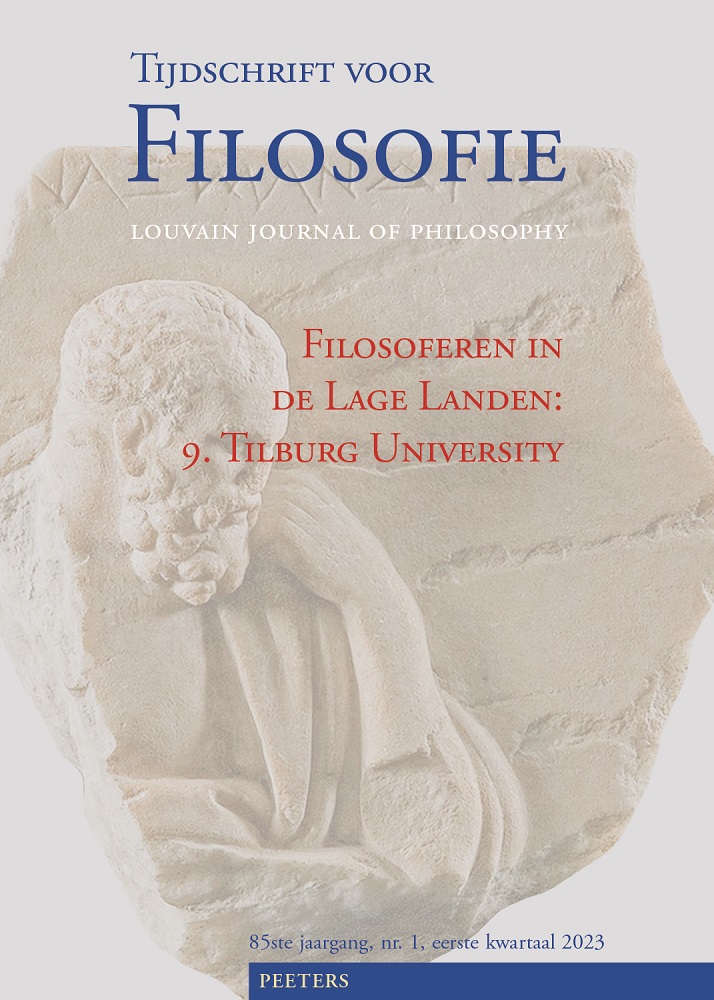 previous article in this issue previous article in this issue | next article in this issue  |

Preview first page |
Document Details : Title: Verlangen naar het echte Subtitle: Over lichamelijke symbolen en symbolische lichamen Author(s): BURMS, Arnold , ZUIJDWEGT, Geertjan Journal: Tijdschrift voor Filosofie Volume: 84 Issue: emeritaatsnummer Date: 2022 Pages: 141-161 DOI: 10.2143/TVF.84.5.3290715 Abstract : This article connects a key theme in the work of Rudi Visker — the irreducible strangeness the subject encounters within itself — to a specific type of symbols. The meaning of these ‘bodily symbols’ is not determined by resemblance or convention, but by bodily nearness. Such symbols must be real or genuine to have value, even though that genuineness is itself without content. Relics such as Napoleon’s hat are paradigmatic instances of such symbols. But we encounter the same symbolic structure in corpses and blood relations: in both cases, meaningless bits of matter acquire symbolic value because of some bodily connection. Even when dealing with persons, questions of genuineness follow the same symbolic pattern. To be the real N means to have the same body as N, that is, to be bodily continuous with N. The body conceived as continuity over time, we call the ‘symbolic body’. In our own selves, we encounter this symbolic body as a strangeness that, at the same time, makes us who we are. |
|


